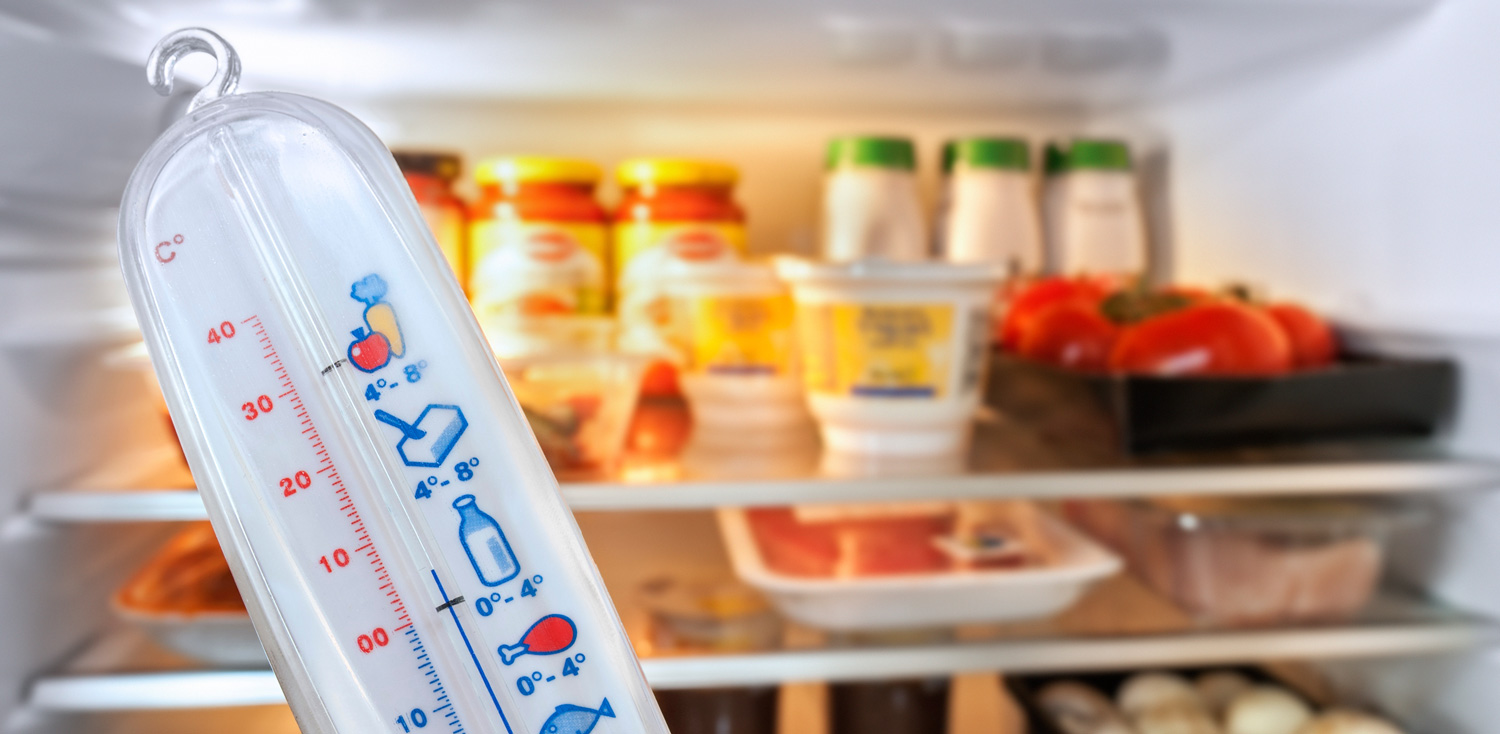The food service temperature danger zone is a temperature range in which harmful bacteria and pathogens can multiply rapidly in food. It typically spans from 40°F (4°C) to 140°F (60°C). This range is considered dangerous because it provides optimal conditions for the growth of microorganisms that can cause foodborne illnesses.

Here’s why the temperature danger zone is important:
- Bacterial Growth: Bacteria such as Salmonella, Escherichia coli (E. coli), and Campylobacter grow most rapidly within this temperature range. When food is kept within the danger zone for an extended period, the bacterial population can increase significantly, increasing the risk of foodborne illnesses when consumed.
- Food Safety: The main goal of food service is to provide safe and wholesome meals to customers. Keeping food out of the danger zone is crucial to preventing foodborne illnesses and ensuring that the food is safe to eat.
- Legal Requirements: Health and food safety regulations often require food service establishments to maintain and serve food within safe temperature ranges. Failure to do so can result in violations, fines, and even the closure of the establishment.
- Quality and Taste: Even if food remains in the danger zone for a short period, it can affect its quality and taste. Food may become mushy, lose flavor, or develop off-putting odors.
To minimize the risks associated with the temperature danger zone, food service establishments should follow best practices, including:
- Keeping cold foods below 40°F (4°C) to prevent bacterial growth.
- Keeping hot foods above 140°F (60°C) to inhibit bacterial growth.
- Using remote digital monitored systems to monitor temperatures and provide alerts when temperatures are not in range.
- Avoiding prolonged food exposure to room temperature.
- Rapidly cooling and reheating food when necessary.
- Discarding food that has been within the danger zone for too long (typically no more than 2 hours).
By adhering to these guidelines, you can help ensure the safety and quality of the food you serve. The net effect is cost savings, reducing or eliminating food born illness and protecting the image and reputation of your organization.
At OneEvent, we’re proud to be doing our part to help reduce food loss and helping you keep your promise to provide healthy and safe food service.
